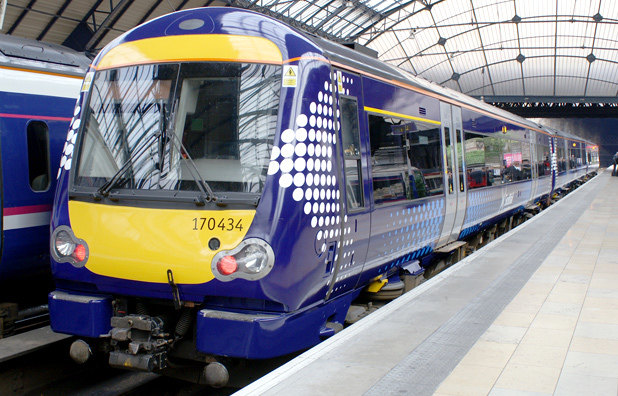
Britain’s rail fares will increase by an average of 2.7% on January 2, the rail industry has announced.
Some long-distance commuters will see the annual cost of getting to work increase by more than £100.
Fewer than half (47%) of passengers are satisfied with the value for money of train tickets, according to the latest survey by watchdog Transport Focus.
Network Rail data shows that only 65% of trains arrived at their scheduled station stops within one minute of the timetable in the past 12 months.
Paul Plummer, chief executive of industry body the Rail Delivery Group (RDG) – which revealed the average increase in fares, said: “We understand that no one wants to pay more to travel, which is why train companies have for the third year in a row held the average fare increases below inflation while still investing to improve journeys.
“Passengers will benefit from 1,000 extra, improved train carriages and over 1,000 extra weekly services in 2020.
“The industry will continue to push for changes to fares regulations to enable a better range of affordable, mix and match fares and reduced overcrowding on some of the busiest routes.”
Transport Focus chief executive Anthony Smith said: “We speak to hundreds of thousands of passengers each year and we know that less than half feel they get value for money.
“After a year of patchy performance, passengers just want a consistent day-to-day service they can rely on and a better chance of getting a seat.
“Transport Focus has long called for a fares system that is simple to use, easy to understand and is flexible enough to cater to how people work and travel today.
“As fares rise passengers must make their voice heard and call on operators to deliver a better service. Passengers should claim compensation every time they are delayed to help offset the cost of the fares rise and make delay pay.”
Passengers will be able to check fare rises for individual journeys on train ticket websites from Saturday morning.
The increase in around 45% of fares, including season tickets, is regulated by the UK, Scottish and Welsh Governments.
This is predominantly capped at July’s RPI inflation figure, which was 2.8%.
Other fare rises are decided by train companies.

Enjoy the convenience of having The Sunday Post delivered as a digital ePaper straight to your smartphone, tablet or computer.
Subscribe for only £5.49 a month and enjoy all the benefits of the printed paper as a digital replica.
Subscribe